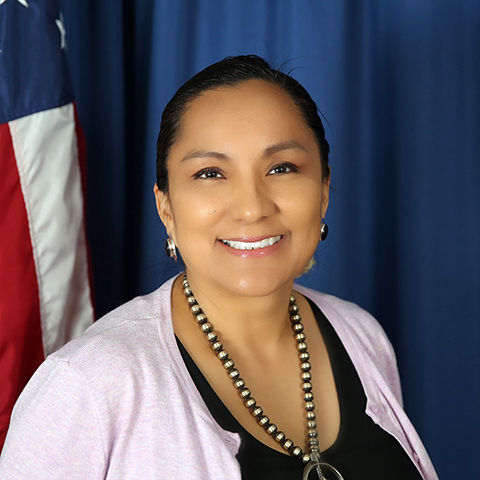Child abuse happens somewhere every 10 seconds. Child abuse and neglect has a long lasting effect on children across Indian Country. In recognition of Child Abuse Awareness Month, the Indian Health Service, Office of Clinical and Preventive Services, Division of Behavioral Health has been highlighting child abuse and neglect prevention messages throughout April.
What is Child Abuse and Neglect? There are four common types of abuse and neglect: physical abuse, sexual abuse, emotional abuse, and neglect.
- Physical Abuse occurs when a child’s parent, caregiver, or another person in a role of authority assaults a child by causing physical harm to a child.
- Sexual Abuse occurs when a parent, caregiver, or authority figure engages in sexual behavior with a child.
- Emotional Abuse is a pattern of behavior by a parent, caregiver, or authority figure which harms a child's emotional development or sense of self-esteem.
- Neglect occurs when a parent or caregiver fails to meet a child's basic needs. Basic needs include food, shelter, clothing, education, supervision, emotional support, and healthcare.
For more detailed information about the common types of abuse and neglect, visit the IHS Child Maltreatment website, https://www.ihs.gov/forpatients/healthtopics/ChildMaltreatment/.
Take Action
If you know that a child is being abused or neglected, you can reach out for help by calling 911 or your local law enforcement. Reporting is important to prevent these incidents and note each tribal government has their own tribal laws about reporting child abuse and neglect. In addition, State government’s have their own laws on reporting child abuse and neglect and State laws can be found at https://www.childwelfare.gov/topics/systemwide/laws-policies/can/reporting/ .
Spread the word, visit Childwelfare.gov for a resource guide to help individuals and community organizations to help strengthen families and prevent child abuse and neglect.
IHS Domestic Violence Prevention Program
IHS funds 83 tribal, tribal organization, urban Indian organization and federal Domestic Violence Prevention Programs $11.2 million annually. The program objectives include establishing prevention programs on domestic and sexual violence that are culturally appropriate, evidence-based, and practice-based models in Indian Country. One such funded project, Pokagon Band of Potawatomi Department of Social Services program is using the Kids Club & Mom Empowerment program that targets children’s knowledge about family violence among children age 6-12 who witnessed family violence. Children develop strategies to understand emotions around violence. The intervention offers a safe space for kids to develop positive coping skills and added a cultural element using the Potawatomi language to better understand that the abuse is not their fault.
Resource
Help is available from professional counselors at the National Child Abuse Hotline who can help access a database with 55,000 emergency contact numbers, social services, and resource support. The calls are anonymous and the staff is available 24 hours a day, 7 days a week. If you need help, call -800-4-A-CHILD (1-800-422-4453), or visit https://www.childhelp.org/hotline/.
Related content:



